If you’re reading this and living in the United States and if you knew John B. Madden, born in Richmond County in the State of New York in 1910, who served as a sergeant in the United States army in World War II and who died in Indian River County in Florida in 1990, then you may have known the senior-most descendant of the last O Madden chieftain and head of the O Maddens.
If you are his male descendant then you may be the head of the O Maddens.
The leading line of the family had descended from late sixteenth century chieftains in east Galway to the position of minor landed gentry in Connemara in the early nineteenth century. Almost all of the leading branch of the name immigrated to America in the late 1840s.
Until now the fate of the leading line of the O Maddens in the United States has not been traced beyond 1902. Now I believe we may be in a position to discern what became of this family and identify the head of the name in the late twentieth century.
Donal O Madden, the last Gaelic chieftain of the name rose to power in his ancestral territory after killing the then chieftain Hugh O Madden, of a rival line to that of Donal, in 1567. (Donal himself was the son and nephew of earlier chieftains who had also been killed by internal rivals.) By the time of Donal the English administration had gradually begun to reassert its authority west of the River Shannon and, like many chieftains, Donal aligned himself with the Crown in an effort to secure his precarious position. He was charged under English law with the murder but the Bishop of Clonfert and the diocesan clergy declared him not guilty and the Crown recognised him as ‘Captain of his Nation’ (ie. of the O Maddens) in that same year. Some time thereafter he came to occupy Longford Castle in the parish of Tiranascragh in east Galway, the principal castle attached to the office of chieftain.
Longford Castle in the parish of Tiranascragh, the principal castle attached to the office of chieftain and, from its architectural features, the earliest of surviving castles associated with the O Maddens.
Under Gaelic law a wide number of members of the ruling house, including brothers, nephews and cousins of a recent chieftain, were eligible to attain the chieftaincy and could do so if they had sufficient support. On becoming chieftain they had use of the castles and estates attached to that office. Under Gaelic law Donal was in possession only for the duration of his time in office of the extensive lands attached to the chieftaincy and when he would be succeeded by another chieftain, that property would support the next chieftain. However, in Donal’s time he and many of the leading landholders signed up to an agreement whereby they recognised English law and its system of succession. In so doing they agreed that any lands they held were their personal property and would descend to their sons rather than be divided up among their wider family under Gaelic law. As Donal was then in possession of the lands attached to the chieftaincy, those lands were recognised as his and would be inherited by his eldest son and so on. The same agreement ensured that the Gaelic office of chieftain was abolished. A consequence of this agreement also ensured that, although Donal of Longford’s father would appear to have been a younger brother of another chieftain, the recognised head of the family over the next number of generations would be the eldest son of the eldest son and so forth of Donal of Longford Castle, the last officially recognised chieftain.
Síl Anmchadha, later known as the barony of Longford, (shown in yellow) the ancestral territory of the O Maddens in the east of County Galway, as it stood in the early modern period. Modern villages and towns shown in red.
Donal died in March 1605 and his eldest son Ambrose was his principal heir. He, in turn, was succeeded by his son John. The family resided at Longford castle until about the mid 1650s, at which time their lands were taken by the Cromwellians and they was allocated other lands elsewhere within east Galway. When the monarchy was restored John Madden was confirmed in possession of those lands while Longford castle and much of his ancestral lands were confirmed in the possession of others. (They may have continued to live for a short time thereafter at Longford, but if so, they were renting part of their former property from the new owners.)
John’s eldest son Daniel was regarded as the head of the O Maddens in the early eighteenth century. The descent from each succeeding generation to this Daniel O Madden was recorded by Roger O Ferrall in his 1708 genealogical work ‘Linea Antiqua.’ The generations from Daniel up to 1902 were recorded most fully by the noted antiquarian John O Donovan in his mid nineteenth century ‘Tribes and Customs of Hy Many’ and Dr. Thomas More Madden, whose article on the family was published posthumously in the 1902 edition of the Journal of the Galway Archaeological and Historical Society.
Select pedigree of the senior-most line of the O Maddens from the last chieftain to 1745. Female members and descendants of junior lines are omitted for clarity.
Over succeeding generations the leading line declined in wealth and position and by the early nineteenth century the head of the O Maddens was Ambrose Madden, eldest son of Brasil Madden. In 1810 Ambrose married Anne Coneys, the daughter of Walter Coneys of Streamstown, near the town of Clifden in Connemara in the west of County Galway. The Coneys had been transplanted by the Cromwellians to this area and have maintained a presence there to this day. As a result of his marriage Ambrose came to live at Streamstown House (also known at one time as Streamstown Lodge), a comfortable two-storey house overlooking Streamstown Bay in Connemara, rented from the Coneys. In addition to three daughters, John O Donovan, writing in the early 1840s, described Ambrose of Streamstown as having had five sons; Brasil, Ambrose, Thomas, Walter and John. His account of the family ended with the marriage of the eldest son Brasil with Juliet, daughter of Francis Lynch of Omey, first cousin of the largest landowner in that region, John D’Arcy of Clifden Castle.
Streamstown House, near Clifden in Connemara, still in the possession of members of the Coneys family.
View of Streamstown Bay from the front lawn of Streamstown House.
Streamstown Bay, viewed from the east on an overcast day.
Dr. Thomas More Madden, a descendant of a junior line descended from the last chieftain, took up the story thereafter in an article on the O Maddens published posthumously in 1902. He gave a brief outline of the sons of Ambrose of Streamstown in his time. Brasil, the eldest, he said died without sons, while both Thomas and John died young and also without sons. More Madden described Ambrose as ‘of Buffalo City, U.S.A.’ and as having had two sons; Ambrose, who had died by 1902 and Walter, who was living in that year. Of Walter, the only other then surviving brother of Ambrose of Buffalo City, More Madden gave him as having four sons; John P. Madden, who died in 1900 or 1901, Walter, Ambrose and Brazil.
Other than the brief details given by More Madden, who must have corresponded with at least one of the family, no research appears to have been undertaken to trace their descendants or to identify the present head of the Maddens until now.
Combining evidence from Irish provincial newspapers, U.S. graveyards, U.S. Federal and State census records and other sources, it is possible to follow the lives of the Maddens just before and after they immigrated to the United States.
Ambrose of Streamstown Lodge, father of Brasil, Ambrose, Thomas, Walter and John, appears to have remained in Ireland and died in 1872. The description in at least one modern source of Brasil, the eldest son of Ambrose, as ‘of Eyrecourt’ is incorrect. Brasil was in fact Brasil P. Madden who rented about two hundred and forty acres on the small windswept tidal island of Omey off the west coast of Connemara, near Clifden, in the 1840s and into at least the mid 1850s from the Eyre family, who replaced the D’Arcys at Clifden Castle. He and his wife lived in an isolated house on one side of the island, separated by a lake in the middle of the barren landscape from his tenantry who lived in a cluster of cottages on the far side of the island.
Map of County Galway (in yellow) showing the location of Omey Island and Streamstown House in Connemara in relation to that of Longford Castle in east Galway. The ancestral territory of the O Maddens in the east of the county, as it formerly stood in the late medieval and early modern period, is shown outlined by a dashed line.
Omey Island in the distance, accessible at low tide across a sandy strand in the foreground.
The family appear to have been Roman Catholic in the early nineteenth century. Brasil P. Madden of Omey contributed monies to the Association for the Propagation of the Faith in 1842 and in 1844 he was chairman of a committee who honoured the local Roman Catholic curate with a public dinner. (One of the Coneys served as secretary and Brasil’s brother Ambrose junior was also a member). Almost two years later, the local Roman Catholic Parish Priest officiated at the wedding ceremony at Streamstown of their eldest sister Mary, who married one of the Coneys of nearby Aughrus.
The family appear to have been in a poor financial position in the late 1840s, possibly as a result of the social and economic devastation caused by the Great Famine. Brasil’s father still lived at Streamstown Lodge in 1847 as his wife Anne died of typhus fever there in that year and he thereafter moved to a smaller house on the side of the road in the nearby townland of Letterdeen.
The location of Ambrose Madden’s residence by a narrow stream in the townland of Letterdeen following his departure from Streamstown.
The year after their mother’s death Walter and John appear to have immigrated to the United States and settled initially in the State of New York. John didn’t live long in his new country, dying two years later at the age of twenty-one years of inflammation of the lungs at Corning and their brother Ambrose junior appears to have emigrated that same year.
In the years after the Great Famine the population of Omey Island had almost halved and the coastal settlement of tenant’s cottages fell into ruin and disappeared. No trace of the settlement would appear on maps later in the century and the nearby ruins of a medieval church lay under sand until the early 1980s. Although More Madden made no mention of the fact, Brasil P. Madden appears to have emigrated or at least left Ireland at some stage after his younger brothers. He died in America in 1867 and was buried at St. Joseph’s Cemetery in the town of Scio, Alleghany county in New York State. (At least one of his brothers and a number of his brother’s family would be buried later in the same burial place.) As Dr. Thomas More Madden described Brasil as dying without issue, his brother Ambrose junior became the senior-most member of the family. Brasil’s house back on Omey Island appears to have become a ruinous shell by the end of the nineteenth century and no longer survives.
View of part of New York City in the 1850s © U.S. Library of Congress, Prints and Photographs Division, Lithograph Collection. Artist; Theodore Muller.
Despite their social position among the minor gentry in Connemara prior to their departure, the family found themselves among the working class in America and Ambrose junior and Walter found employment on the railroad. Ambrose junior, born between 1817 and 1821, worked for many years as a railroad foreman and in 1871 married his wife Faith, an emigrant from England. Ambrose junior worked as a foreman for the railroad until about his mid sixties and thereafter in older age the head of the Maddens was occupied as a labourer, a flagman, a switchman and a watchman. His wife worked as a teacher.
Ambrose junior and Faith Madden rented part of a house on 515 Swan Street in Buffalo City, New York and had two sons. More Madden was correct in identifying them as Ambrose and Walter. Their eldest son was born in 1873 and the youngest in 1876. More Madden was also correct in stating that the eldest son died before 1902. In fact he died before 1900, in which year Walter, the only surviving son of Ambrose junior and Faith Madden was an invalid and was living with his parents on Swan Street. He appears to have died by 1905, about the same time as his father. Faith was living alone as a widower from 1905 until at least 1917 at Swan Street. Both of Ambrose and Faith’s sons were single into their twenties, living with their parents and died young and do not appear to have had children. Following their death and that of their father the headship of the name would have passed to the family of Ambrose junior’s brother Walter, settled in the town of Scio in Alleghany County.
Walter was about twenty-four years old when he arrived in the United States. He married Mary Brown, of Irish extraction, and the couple lived for a time in a number of New York counties before moving to the town of Scio. Mary’s father John Brown, who worked as a gardener, lived with them there for a time. Walter worked as a railroad overseer while in Scio but appears to have acquired a ninety seven acre farm there ‘at the mouth of Knight’s Creek’ by 1875. His occupation was given as a farmer thereafter.
More Madden was also correct in saying that Walter and Mary Madden had four sons. They had in fact four sons and four daughters. More Madden was only incorrect in the order of the sons. He gave John P. Madden as the eldest, explicable probably as he was the most prominent among his siblings, whereas he was in fact the second son. By 1880 Walter and Mary Madden were living on Knight’s Creek Road in Scio and were parents of eight children; Ambrose T. Madden, born about 1859 (the dates of birth vary over succeeding census records), John P., Basil F., Walter Joseph, Mary J., Anna, Margaret E. and Agnes, the youngest, born in 1874. Their eldest son was twenty-one years in 1880 but none of the children were married and all were at that time attending school. With the exception of the parents, all were born in New York.
All of the girls died relatively young and unmarried with the exception of Margaret, who never married and worked for many years as a stenographer for the City of New York. Of the boys, only John P. and Walter married and of the two only Walter had children.
Many of the boys worked as telegraph operators at some point, as did John P., the second son of Walter and Mary. He later found employment as a journalist, became involved in Democratic Party politics and eventually rose to the prominent position of Deputy Commissioner of Highways of the Borough of Queens, where a number of his surviving brothers and sisters were then living. He suffered ill health, however, and was forced to leave New York for a more beneficial climate further west. Before departing in 1899 he married Alice Kane of Middletown, New York but died in El Paso in late February of 1901. His body was brought back to New York and he was buried with others of his family in the family burial plot in Scio.
John P. Madden, Deputy Commissioner of Highways, from his obituary in ‘The Brooklyn Daily Eagle’ of February 1901.
John P. Madden’s younger brother Walter J. Madden was the only one of his siblings to have children. Walter J. Madden married a woman named Anna Dolan, born in New Jersey but whose parents were both born in Ireland. His father Walter died in 1907 and three years later, while his siblings and mother were living in Queens, Walter J. was about thirty-eight years, working as a telegraph operator and living in the township of Marian Harbour in the Borough of Richmond, New York State, with his twenty-seven year old wife and their two children; Walter J. Madden, aged five years and Margaret, aged two years. The couple had another child who had not survived to 1910 and later that same year, on the 13th August 1910, they had another child, a son, named John B. Madden.
Walter Madden and his wife Anna lived in the upper part of no. 5 Washington Place in the borough of Richmond, with their three children in 1925. Both husband and wife, however, died within a number of weeks of one another in the following year. Both were buried at St. Joseph’s cemetery in Scio.
With all the earlier generation of male Maddens deceased by the mid 1930s, the only surviving descendants of the Maddens who immigrated to the United States were the two young brothers Walter J. and John B. Madden. Both were living with their aunt Margaret in Queens in 1940. At that stage Margaret was in her sixties and the only surviving of her siblings. Her nephew Walter J. was then a thirty-three year old insurance salesman and the twenty-nine year old John B. Madden was working as a steamship steward.
In his mid and late twenties the youngest, John B., served as a ship steward or waiter on a number of vessels such as the ‘Calamares,’ ‘Antiqua,’ ‘Siboney,’ ‘Ancon’ and ‘Uruguay’ out of the Port of New York, sailing for the most part from ports in Jamaica, Honduras, Cuba, San Francisco, the Canal Zone, Mexico, Haiti to New York.
Both brothers were unmarried in 1940 and had no dependants.
Select pedigree of the senior-most line of the O Maddens from 1745 to the sons of Walter J. Madden, died 1926. Female members and descendants of junior lines are omitted for clarity.
The United States entered World War II in 1941 and both brothers enlisted as privates in the United States Army at Fort Jay, Governors Island in New York in 1942, the elder in May and the younger on the 6th June. By the following year both held the rank of sergeant in the army.
The eldest brother, Walter J. Madden, served as a sergeant in the 4th OMA (Operation and Maintenance of the Army) Regiment of the United States Army. He died in 1943 at the age of thirty-seven years at Camp Ellis in Indiana from injuries received after being struck by a car. He was unmarried at the time of his death as he was described in his obituary in ‘The Andover News’ as being survived by his brother, Sergeant John Madden and an aunt. He was buried at St. Joseph’s Cemetery.
His aunt Margaret died in 1954 at the age of about eighty-four years and was also buried at Scio with her family.
From a comparison of army records and social security number records it is clear that Sergeant John B. Madden survived the war. He was released from the army on 10th October 1945.
And there I have come to the fate of the only surviving great-grandson of Ambrose Madden of Streamstown in Connemara. From his social security number of 714077292 it appears that John B. Madden may have worked for a time on the railroad after the war, at least prior to 1951. He also appears to have lived in the State of Florida at some stage, having a post office box number (no. 1334) address at Lake Worth, Palm Beach County in Florida.
John B. Madden died of natural causes, aged seventy-nine years, in Indian River County in the State of Florida on 27th June 1990.
It is unclear if he was aware of his ancestry, an ancestry that could be traced back in an unbroken line to Maine mór, son of Eochaidh feardaghiall, chief of a tribe of people who established themselves as the dominant group in the south-eastern region of Connacht by about the end of the fifth century A.D. It is unclear if he was aware that he was the senior-most descendant of the last Gaelic chieftain of Síl Anmchadha, the ancestral territory of the O Maddens, later known as the barony of Longford in the east of County Galway and may have been in his time, in line of descent, the head of the O Maddens.
It is also unclear if he was the last of his line. If he had no male issue, then the next senior-most member of the name would be a descendant of an early eighteenth century Madden of a junior line. If, however, John B. Madden was married and had a son in the United States, then, although the office of the Chief Herald of Ireland no longer continues the practice of recognizing ‘Chiefs of the Name’, it is possible that that son or his son may have been, in line of descent, the current head of the O Maddens.
This article is a little like putting a message in a bottle and setting it out to sea. I’m sending it out to sea in the hope that some of my readers in the United States may have known John B. Madden or have further information relating to his family or his life.
Bon voyage.


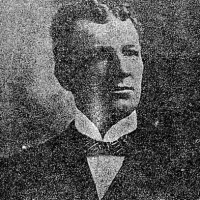
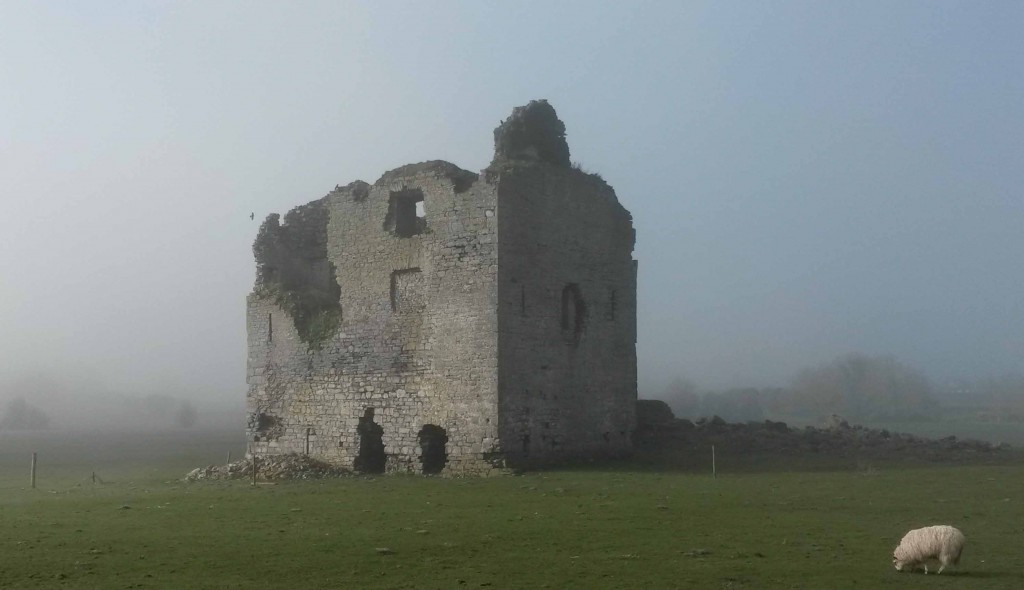
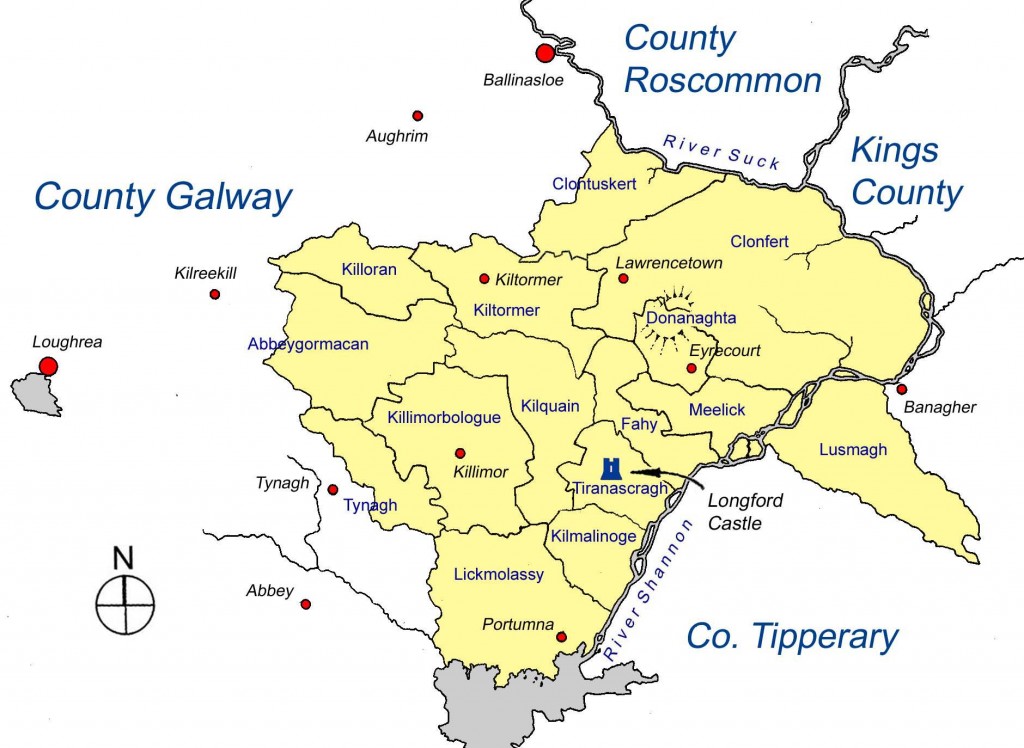
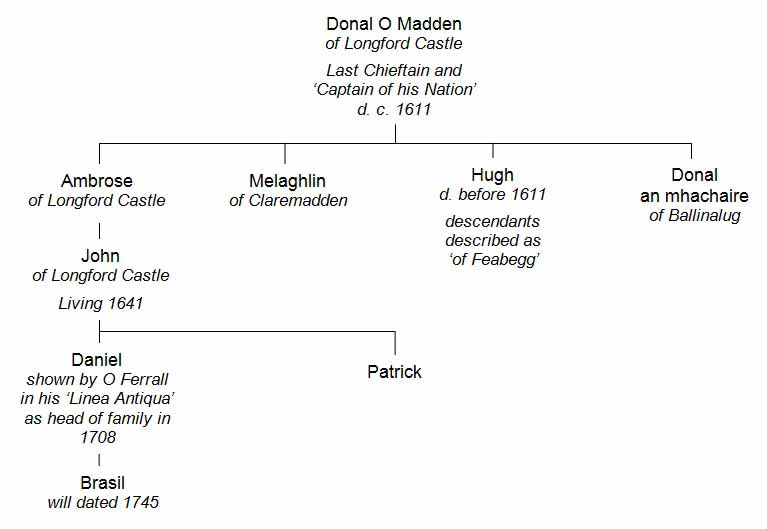
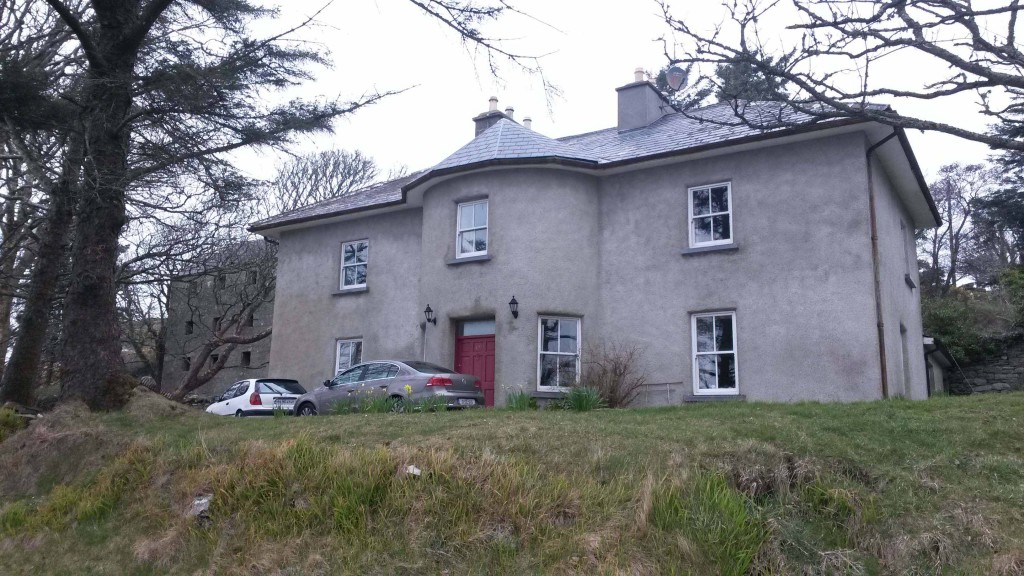

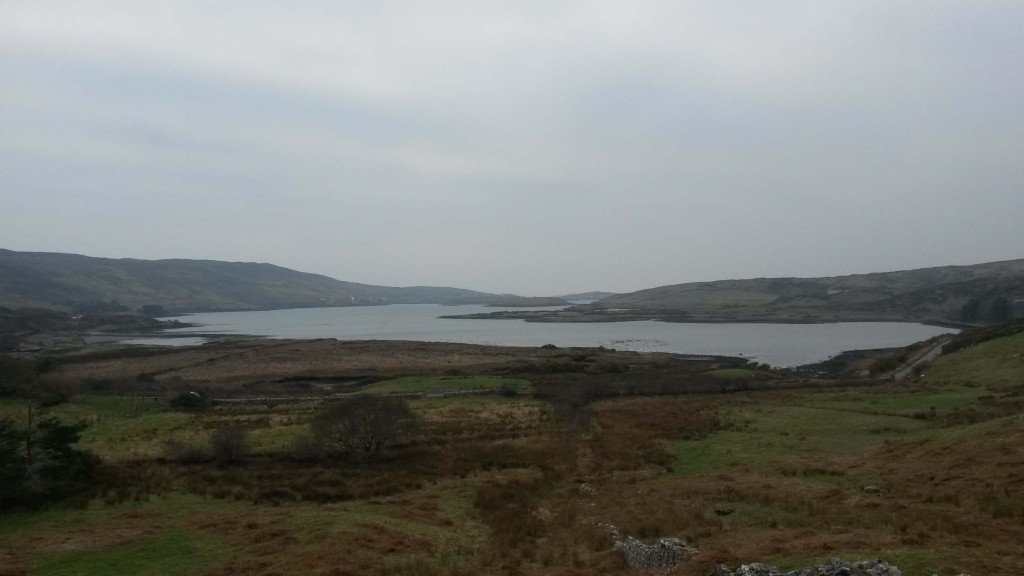
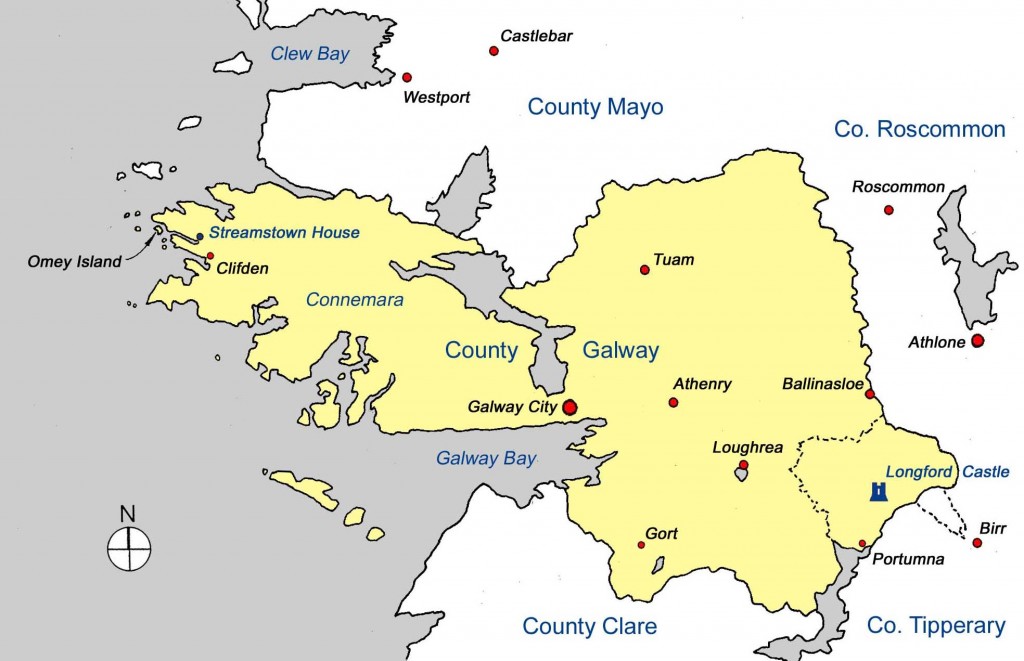
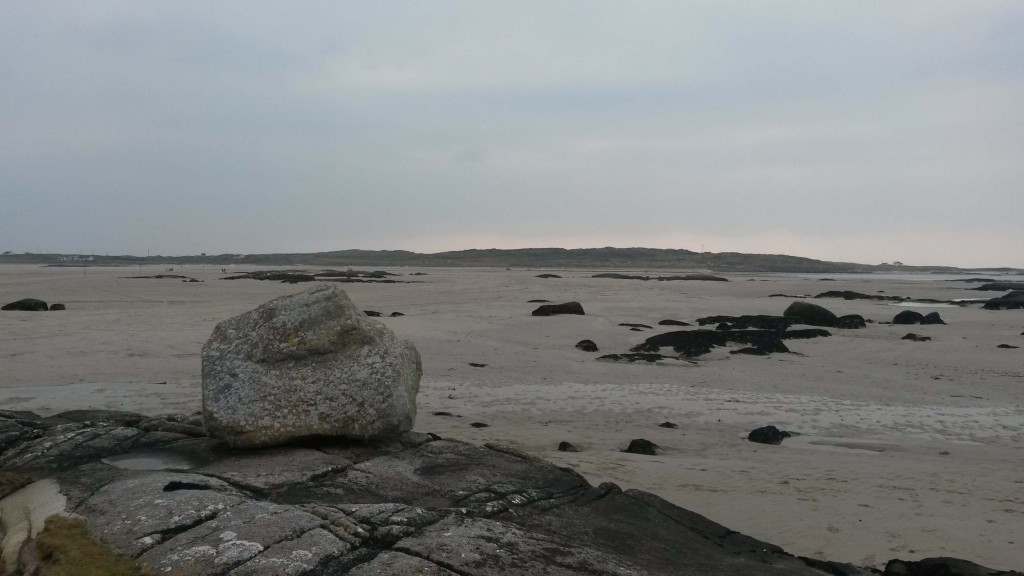
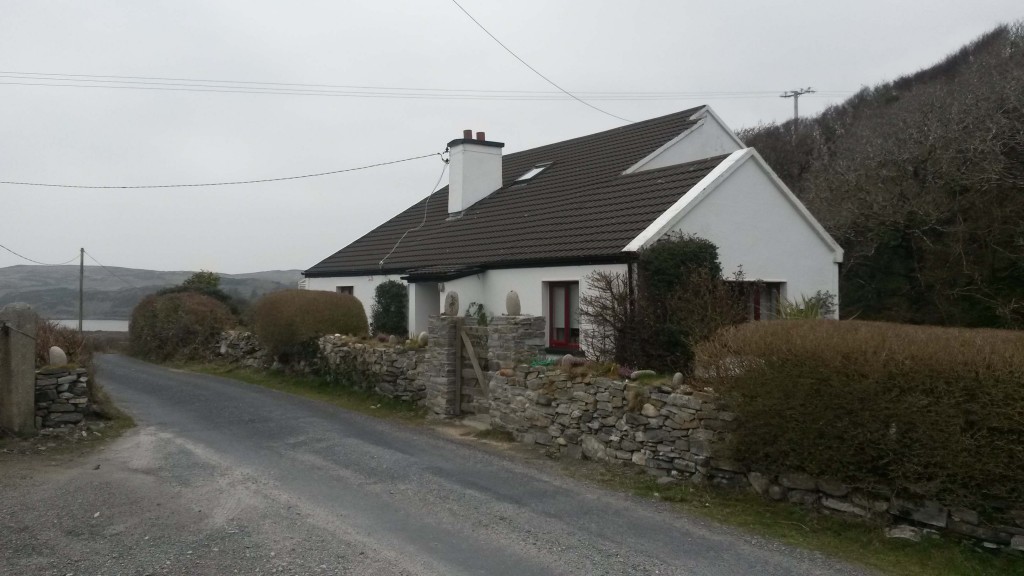
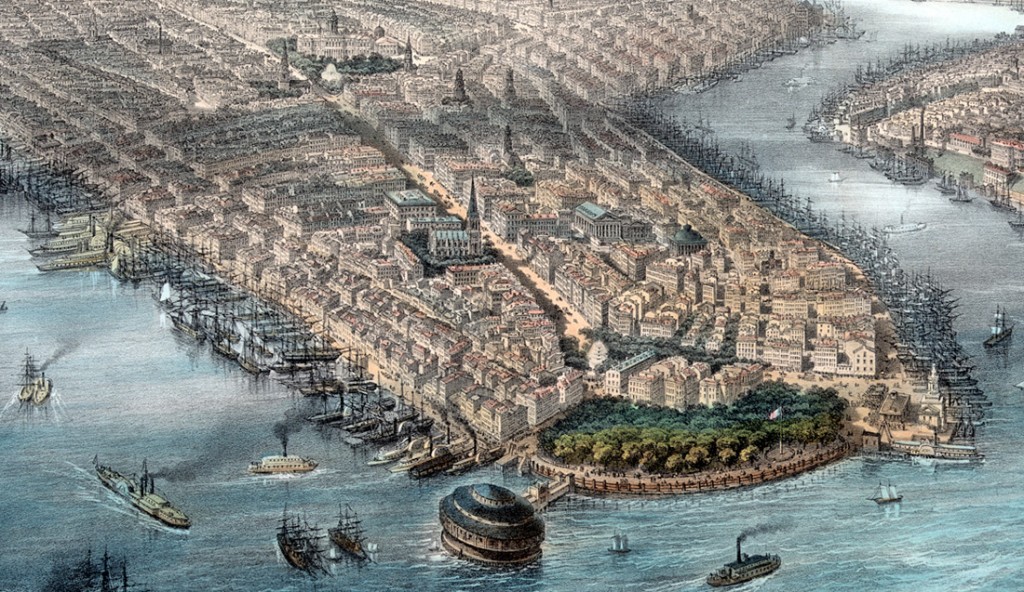
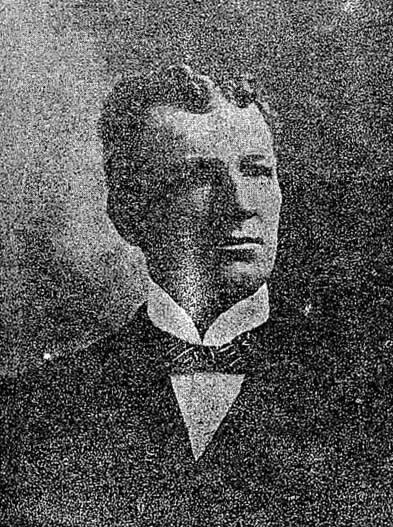
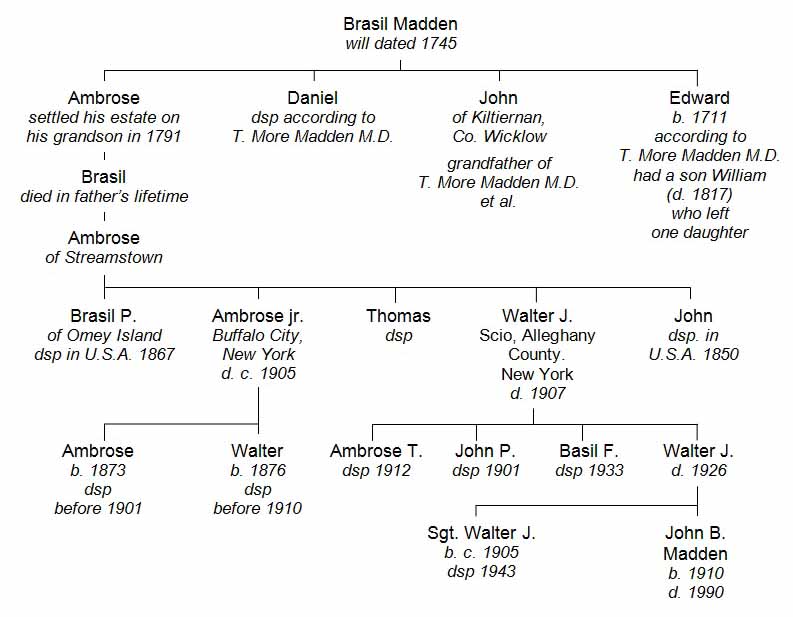
Comments are closed.